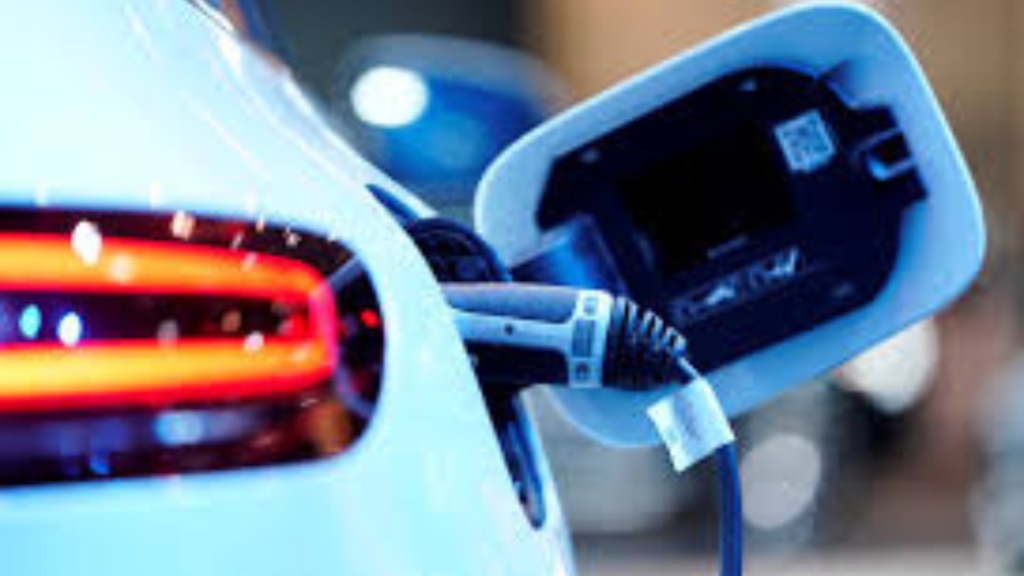By Jitendra Patil
As the world is increasingly shifting towards greener energy solutions, the popularity of electric vehicles (EVs) is skyrocketing. In India alone, the EV market, valued at $2 billion in 2023, is anticipated to increase to $7.09 billion by 2025. This surge is driven by governmental incentives and a growing awareness among consumers about the need to reduce our carbon footprint. Since lithium-ion batteries power most of these vehicles, they are central to this shift. With the ongoing increase in EV usage, the production and usage of these batteries will also increase. Let’s look at the environmental implications of battery manufacturing for EVs.
Non-hazardous materials in lithium-ion batteries
Lithium-ion (Li-ion) batteries are celebrated for their efficiency and relatively non-hazardous materials compared to other battery types. These batteries are designed to minimize environmental risks and contain lithium, cobalt, nickel, manganese, copper, aluminum, graphite, and other materials. Lithium, for example, is a critical component that is less hazardous and offers a longer life cycle. It also enhances the battery’s sustainability.
Extending battery life through reuse
One of the most promising aspects of lithium-ion batteries is their reusability. After completing their primary life cycle in EVs, these batteries can be repurposed for lower-load applications. When an EV lithium-ion battery pack loses about 20% (15% for certain EV models) of its initial capacity, it becomes less effective for vehicle use but remains suitable for stationary energy storage applications. This second life can be utilized in utility-scale grids, buildings, and telecommunication towers.
The trend of reusing Li-ion batteries is gaining momentum. By 2025, it is estimated that 75% of spent EV batteries will be repurposed before being recycled. This approach maximizes the utility of the battery materials and significantly reduces waste.
Economic and environmental benefits of battery recycling
Significant advancements have been made in recycling lithium-ion batteries with new green chemistry processes. Techniques using citric acid and hydrogen peroxide, for instance, have dramatically improved the recovery yields of valuable components like cobalt and lithium, reaching 98% and 99%, respectively. These methods enhance the economic viability of battery recycling, making it a more sustainable and attractive option for the industry.
The economic and environmental benefits of lithium-ion battery recycling are substantial. As the demand for spent batteries increases, it further drives innovation and expansion in recycling capabilities. In China, for example, second-life lithium-ion batteries priced at less than $100/kWh are set to replace lead-acid batteries for backup power at telecom tower base stations, demonstrating a scalable and environmentally friendly solution. This shift will potentially trickle down to the Indian landscape.
Also read: Why now may be the best time to buy an electric vehicle
The future of sustainable EV battery manufacturing
India’s electric two-wheeler market experienced a 34.42% surge in sales in the third quarter of FY 2023-24 compared to the previous quarter, reflecting the growing adoption of EVs. As EV usage escalates, the emphasis on efficient battery recycling and reuse becomes even more important. The industry can significantly minimize environmental impacts by extending the life cycle of batteries through reuse in lower-load applications and advancing recycling technologies.
Moreover, the future of EV battery manufacturing lies in sustainable practices. The industry can address environmental concerns and reduce resource depletion by focusing on non-hazardous materials, maximizing battery reuse, and enhancing recycling processes. As we move towards achieving the decarbonization vision by 2030, these strategies will be crucial to reducing EV batteries’ environmental footprint for a more sustainable and eco-friendly approach to transportation.
(The author is the Managing Director of Pune-based energy-tech startup ARENQ. Views expressed are the author’s own and not necessarily those of financialexpress.com.)



















